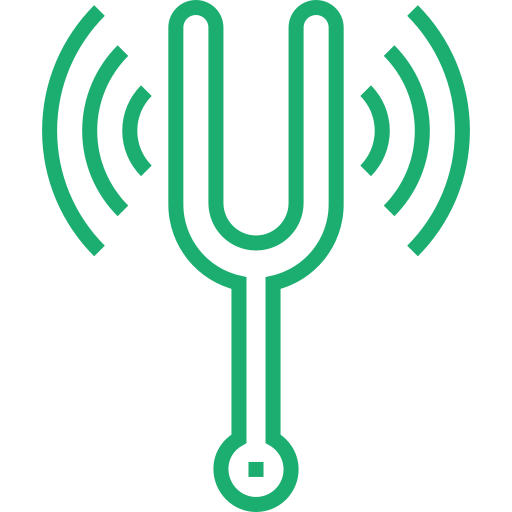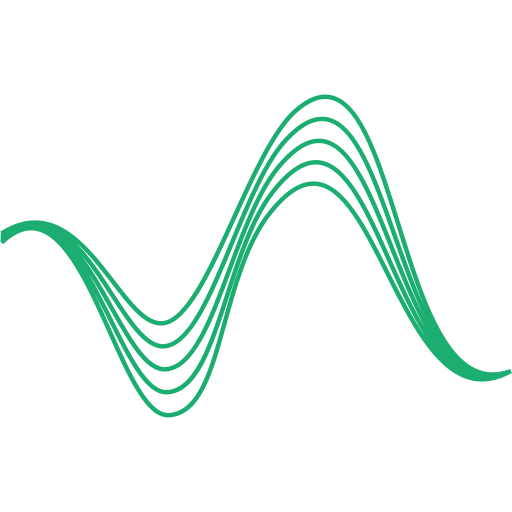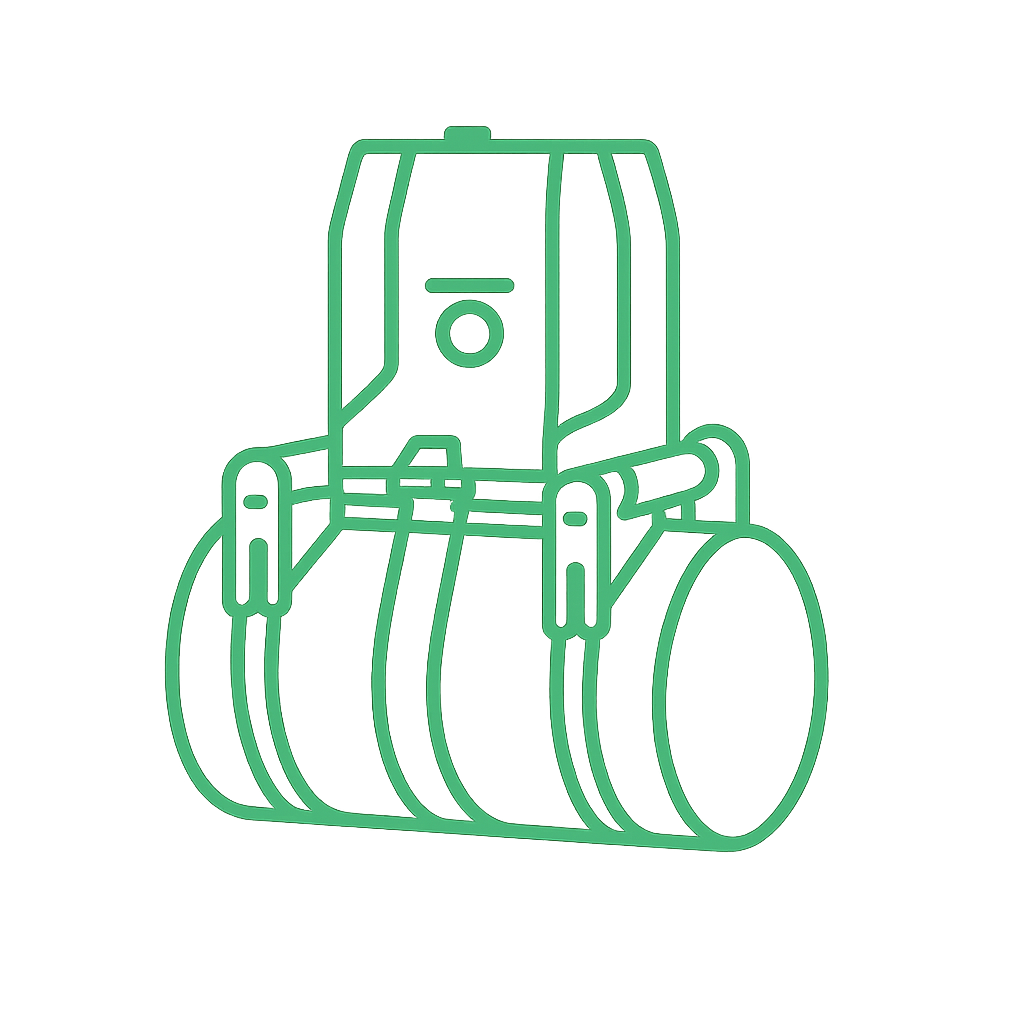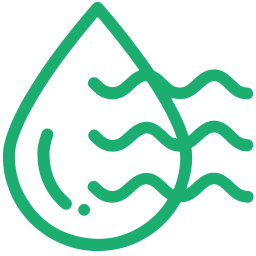Moisture Detection Imaging (MDI) is a non-destructive testing (NDT) technique used to detect and evaluate moisture or water intrusion within various materials or structures. This method relies on specialized equipment, such as infrared cameras or thermal imaging devices, to capture thermal patterns and identify areas with moisture content anomalies.
BENEFITS
- Non-Destructive: MDI is a non-destructive testing technique, meaning it doesn’t damage the material or structure being inspected. This makes it suitable for assessing the integrity of existing structures without causing further harm.
- Early Detection: MDI can identify moisture issues at an early stage, allowing for timely repairs or preventive measures. This can prevent extensive damage, such as corrosion or mold growth, saving time and money.
- Accurate and Comprehensive: MDI provides accurate and comprehensive information about the extent and location of moisture infiltration, enabling targeted remediation efforts.
- Versatility: MDI can be applied to various materials, including building envelopes (roofs, walls), insulation, electrical systems, and even some electronic components.
- Safety: It is a safe testing method, as it doesn’t involve exposure to hazardous materials or radiation.
APPLICATIONS
- Construction and Building Maintenance: MDI is widely used in the construction industry to assess the integrity of building envelopes, roofs, and insulation. It helps detect leaks and water damage in structures.
- Aerospace: In the aerospace industry, MDI can be applied to composite materials used in aircraft to detect moisture intrusion, which can compromise structural integrity.
- Electronics Manufacturing: MDI can be used to check for moisture in electronic components and printed circuit boards to prevent malfunctions and damage.
- Petrochemical and Power Plants: It is used to inspect pipes, tanks, and other infrastructure for moisture-related corrosion and insulation integrity.











